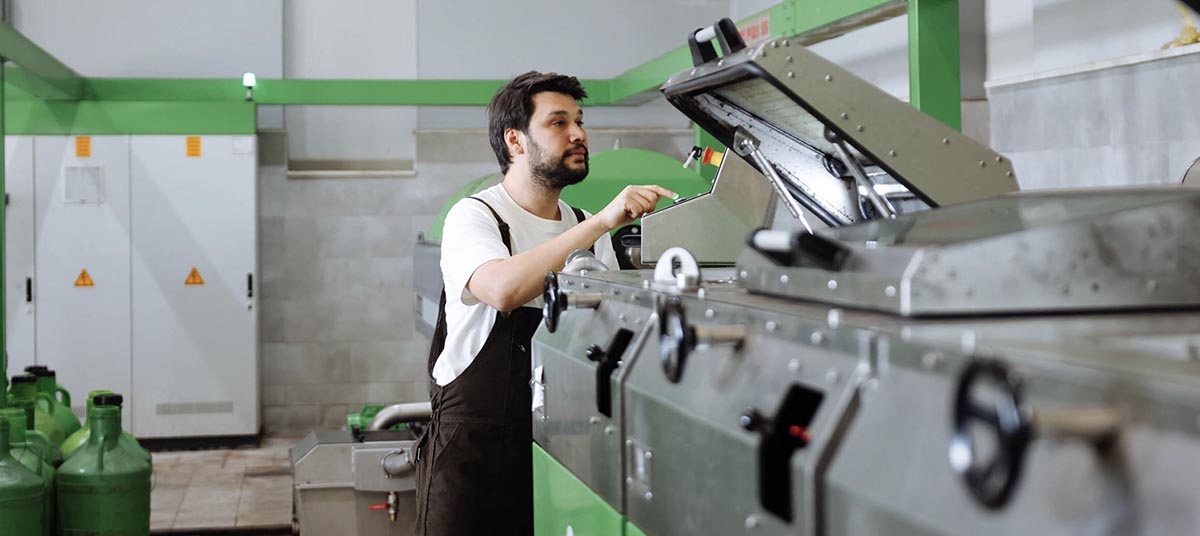Reviving Business Growth: 100% Bonus Depreciation Returns with New Expensing Opportunities

The revival of the 100% bonus depreciation is a pivotal aspect of the latest U.S. tax laws, devised to stimulate economic growth. The 2017 Tax Cuts and Jobs Act (TCJA) highlighted the significance of bonus depreciation, and its permanent renewal through the "One Big Beautiful Bill Act (OBBBA)" underscores its relevance, especially in light of the pandemic's economic impacts. This analysis delves into the tax advantages, history, applicability, and detailed regulations surrounding bonus depreciation, clarifying the recent legislative amendments.

Historical Context: A Boost for Economic Stimulus - Initially introduced under the Job Creation and Worker Assistance Act of 2002, bonus depreciation allowed businesses to immediately deduct a significant portion of qualifying property costs. Initially set at 30%, this deduction expanded to 50% and eventually to 100% during economic downturns. The TCJA’s introduction of a 100% first-year deduction for qualifying property marked a robust incentive for businesses, aimed at encouraging capital investment and economic growth. Though a sunset provision in the TCJA planned to phase out bonus depreciation starting in 2023, prohibiting it by 2027, the OBBBA has now permanently reinstated it.
Tax Benefits of Bonus Depreciation - This provision allows immediate deduction of asset costs in the year they are placed into service, offering instant tax relief that bolsters investment. By enhancing cash flow through taxable income reduction, it serves as a powerful inducement for acquiring new assets. Nonetheless, the strategic application of bonus depreciation requires meticulous planning, particularly with regard to the Section 199A deduction on qualified business income (QBI). Immediate large capital purchases write-offs may diminish profit and thus the Sec 199A deduction, although they can help avoid certain phase-outs and limitations associated with 199A.
Qualification Criteria for Bonus Depreciation - Eligible property encompasses tangible items with a recovery period of 20 years or less, like computer software, water utility property, and qualified improvements and productions, as determined by the IRS. Typically, business vehicles have a recovery period of 5 years, while office equipment spans 7 years. Real property, with a recovery period of either 27.5 or 39 years, does not qualify. The TCJA expanded the eligibility scope, permitting both new and used qualifying property investments, thus enhancing their attractiveness. Public utility properties and dealer-linked vehicle properties are explicitly excluded, adding layers of complexity.
Qualified Improvement and Property Issues - Initially facing legislative challenges under the TCJA, qualified improvement property was intended to consolidate leasehold, restaurant, and retail improvements into a bonus depreciation-eligible category under a 15-year MACRS recovery period. However, errors in initial legislation excluded these properties until the CARES Act addressed the oversight.
Revoking Bonus Depreciation and AMT Implications - Usually, opting out of bonus depreciation necessitates IRS consent unless a revocation occurs on a timely filed return confirmed within six months via an amended return. An advantage is that properties with bonus deprecation claims are not subject to alternative minimum tax (AMT) adjustments, aligning AMT depreciation relief with regular tax objectives.
Business Automobiles and Other Depreciation Rules - "Luxury autos" are subject to special rules and deduction limitations. The depreciation cap receives an $8,000 uplift during bonus depreciation years as stipulated by the TCJA. OBBBA does not address this, implying the continuation of this additional amount. Related party rules and Section 179 application, demanding pre-bonus depreciation adjustments, impart further complexity. Section 179 provides an alternate depreciation method for certain business property without depreciating the asset’s cost, although this deduction must be recaptured if business usage drops to 50% or less anytime post the year of service inception.
Issues Addressed by Recent Legislation - The OBBBA reinstatement extends the 100% deduction for qualified property acquired and placed in service post-January 19, 2025. Qualified property placed in service between January 1, 2025, and January 19, 2025, maintains a 40% depreciation rate. This constancy provides long-term planning capabilities, synchronizing investments with wider economic policies to encourage growth.
Qualified Production Property - Alongside bonus depreciation, the "One Big Beautiful Bill Act" promotes U.S. manufacturing. Effective post-July 4, 2025, the OBBBA authorizes a full deduction of certain new factory costs, specific improvements, and structures adjusting basis upon service inception.Qualified Production Property necessitates certain criteria:
- Integral part of a qualified production activity within the U.S. or its territories.
- Original taxpayer commencing property use.
- Construction commencement between January 19, 2025, and January 1, 2029.
- Required taxpayer election on tax return, with IRS guidance to follow.
- Service placement before January 1, 2031.
Ineligible property includes office, administrative, lodging, parking, sales, research, or specified other functions.Production Machinery - Machinery not qualifying as qualified production property remains eligible for the OBBBA-reinstated 100% bonus depreciation.
Qualified Production Activity - Defined activities include manufacturing, agricultural, and chemical production, or the refining of a qualified product, involving significant transformation. A qualified product excludes any tangible personal property or food or beverage prepared and sold from the same building retail establishment location. Note, recapture rules apply within 10 years post-service placement, if property usage changes, leading to any gain recognized as ordinary income.

The return of 100% bonus depreciation is a cornerstone for economic rejuvenation, offering businesses immediate tax incentives for capital investments. Though advantageous, understanding its complexities, including QBI deductions, AMT ramifications, and specific qualifications, is crucial. Amid legislative intricacies and phased provisions, bonus depreciation remains vital in strategic business planning for enduring economic prosperity. Moreover, the addition of the qualified production property offers vast incentives for constructing production facilities within the U.S., beneficial to both major corporations and small manufacturing entities alike.
If you're exploring how bonus depreciation could benefit your business, feel free to reach out to our office for guidance.
Want tax & accounting tips and insights?
Sign up for our newsletter.